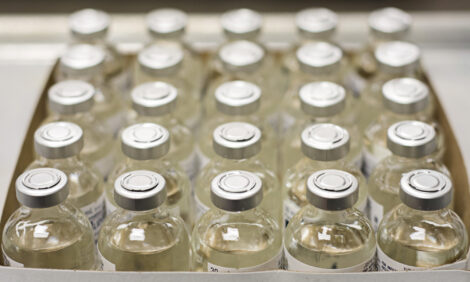



How to Model Hindgut Fermentation in Chickens
GLOBAL - The hindgut of chickens and other monogastric animals produces beneficial volatile fatty acids, including butyrate. Diamond V's 'Intestinal Activity Modifier Model' (IAMM) helps us know how.Scientists at Diamond V began developing the IAMM nearly a decade ago, based on the company's successful 'Rumen Activity Modifier Model' (RAMM). The goal of both models is to mimic anaerobic fermentation and other microbiological activity in vitro – in the lab, not in animals - and thereby control for critical variables that affect the gut environment.
The IAMM is a great advantage in isolating and studying the effects of existing Diamond V products as well as new prototypes. For example, Original XPC™ has well-proven beneficial effects in chickens and pigs. Yet gut microbial populations are complex and dynamic. They include hundreds of species of commensal and pathogenic bacteria in proportions that change with an animal’s age and many other factors. What, exactly, is happening with these diverse microbial populations?
Today we use IAMM in many iterations to accurately simulate anaerobic fermentation in the hindgut – cecum plus large intestine – and control most variables affecting the experiment. Lab experiments in micro fermentation arrays make test replication and screening much quicker and cost-effective than trying to do the same work in animals. IAMM also helps in the design of follow-up in vivo studies and accelerates product research and development. In addition, the IAMM assay is a valuable tool for quality control and assurance during manufacture of Diamond V products.








